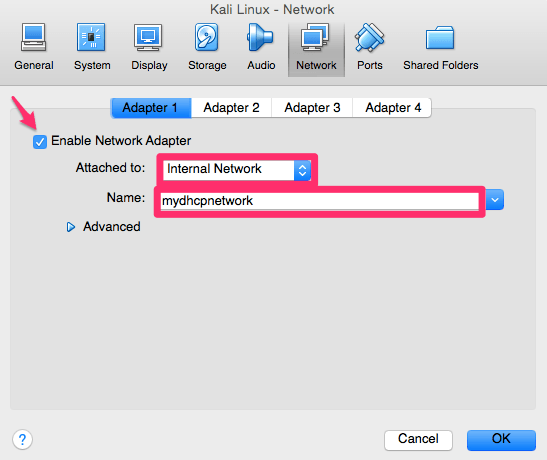

- #Imstall ddrescue gui kali install#
- #Imstall ddrescue gui kali manual#
- #Imstall ddrescue gui kali full#
- #Imstall ddrescue gui kali password#
- #Imstall ddrescue gui kali professional#
But, I did have a major success last month. I have only had 1 customer in 8 years who agreed to go with the pro's.
#Imstall ddrescue gui kali professional#
While my data recovery success rate is not overly high, my customers do not want to spend the $400 minimum for professional data recovery. If I have to clean up space for a current customer, I delete the oldest first and then get rid of the images where there was really not much wrong with the system.Īs for using ddrescue for recovery purposes, I did a lot of reading of posts here on Technibble and then asking lots of questions that I did not find the answers to before trying this for my customers. I try to keep customer data for 30 days after the machine is returned to the customer, but don't always have the space to do so. Then, you can browse the files on the left of the pane to see what has been recovered. There are a variety of service and daemon management tools available, but they all support sytemctl. This service must be started before we can use Docker. Docker is a daemon service that runs in the background.
#Imstall ddrescue gui kali install#
Check Raw format and click + to select the folder that you want to recover. To install docker, run the following command: sudo apt-get install docker.io. If you run out of room, even if it’s just a few bytes, GNU ddrescue will fail at the very end. And I'm running the Synology raid configuration (can't remember what they call it) which gives me 6 TB of storage space. To open it, type dff-gui in the terminal and the following web GUI will open. Rescue Hardware You need a Linux system with GNU ddrescue (gddrescue on Ubuntu), the drive you are rescuing, and a device with an empty partition at least 1.5 times as large as the partition you are rescuing, so you have plenty of headroom. I have a Synology 4-bay enclosure with 4 x 2TB drives in it.
#Imstall ddrescue gui kali full#
For machines that I find (or suspect to be) heavily damaged, then I bring them back to my place to do a full image before working on them. Should make for a faster and safer way of transferring data than by going through a USB connection.Īloha My business is very small (sole proprietor) and most of my work is residential and done at the client's house. I'm going to be using a hotswappable raid bay that we will mount client drives in a cartridge and then slot into the machine. I am also really interested in the recovery aspect of ddrescue as this would prove useful on those drives that are damaged but not quite at that recovery lab level (or have value that justifies the cost of the recovery effort). So making images would eliminate that (so long as you used a unique naming structure and don't overwrite another client's data). I like the idea of it ALWAYS being A to B so that operator error is reduced. Very easy, but there is always the possibility of error. Right now we clone to a rotating stack of shop drives that we write the latest ticket number and the date on a label. How long would you hold onto the images? The capacity of your cloning station must have been significant, no? Note: These instructions apply only to Amazon Linux 2.Boy so you'd hot swap in a client's drive into the docking station and then clone it to an image on your linux / win box. Note that both Chromium and Firefox are only available in the X86 variant. For more information on Firefox, see the website. For more information on Chromium, see the website. (Optional) Install a web browser, such as Chromium or Firefox.
#Imstall ddrescue gui kali password#
#Imstall ddrescue gui kali manual#
If you want to proceed with manual GUI installation, then do the following:


Before you proceed, first consider one of these alternatives to manually installing a GUI:


 0 kommentar(er)
0 kommentar(er)
